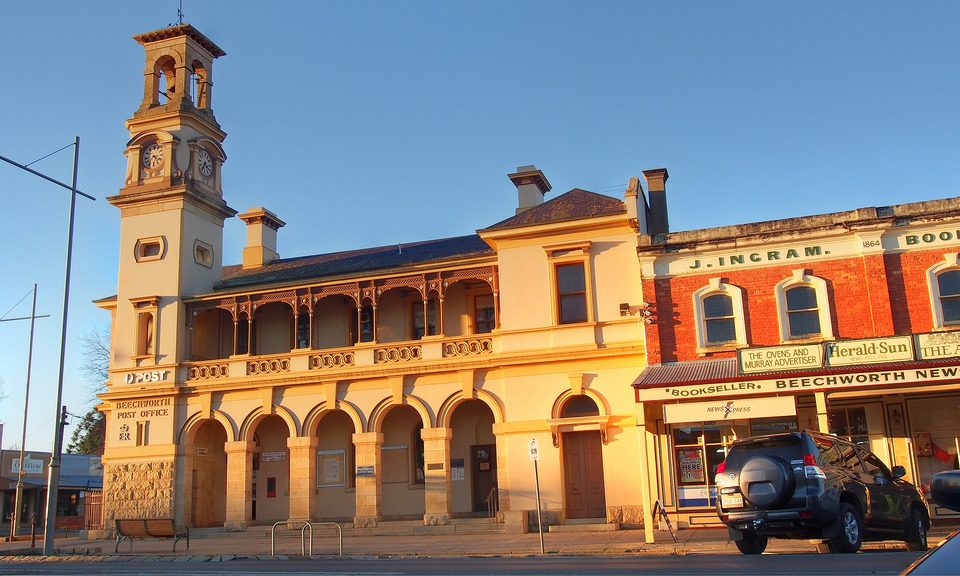Climate Change, Medium-Density Cities And Transport Policy
Hurstville Council NSW Latest To Ban Trans Fats
November 26, 2009Climate Change Doubt/Chaos And The Effects Already Here?
November 27, 2009Congrats to Dr Paul Mees, a Senior lecturer in Transport Planning at Melbourne’s RMIT University, for an inquiring mind and some good clear thinking.
Paul observes how Melburnians are being lambasted for low density living and suburban gardens causing the city to sprawl while the stats waved in our faces have included farm and parkland when what we need to consider is the land that is actually urbanised.
The Australian Bureau of Statistics now provides this information and, using similar methodologies, we can calculate and compare Australian urban densities with the US and Canada. The three agencies ask people how they travel to work which provides an overall pattern.
Some Results Of The Comparison
“Melbourne, with nearly 16 people per hectare (not five), is a medium-density city, closer to the top of the table than the bottom. We are denser than Chicago, Boston and Portland, the American poster-city for ‘smart growth’.
But relatively high densities have little to do with the use of sustainable transport. The best performer is the Canadian capital, Ottawa, which is much less dense than Los Angeles and about the same as Melbourne. Brisbane has barely half Melbourne’s density and a third that of Los Angeles, but use of sustainable transport is similar to Melbourne and more than twice the level in LA.”
Sustainable Transport Use More To Do With Policy Than Density
Transport policies can be changed more quickly and with less disruption than alterations to our urban form which is good news as climate change and insecure oil supplies are urgent problems, and we need solutions now.
Paul believes we might be able to keep our leafy suburbs and still save the planet.
But What Are Australian Cities Doing?
In Melbourne, Paul says:
“We are doing the opposite, planning for a bigger, denser city served by a growing freeway network. Instead of tackling our dysfunctional privatised public transport, opinion leaders would rather berate Melburnians about their backyards. And if we want to know where these policies will take us, we need only look to Los Angeles…
Far from being the paradigm of sprawl, Los Angeles is actually the most densely populated urban area of all. High-rise centres are not much of a guide to overall urban densities. The 8 million residents of New York City live at high densities, but the 13 million residents of the surrounding suburbs live in more spacious surroundings than their counterparts in Los Angeles, producing a lower overall figure.
The real reason Los Angeles is such an environmental disaster is not low density, but high density – combined with a huge population that depends on cars. This concentrates traffic and pollution, maximising the environmental impacts.”
Are our policymakers listening?


